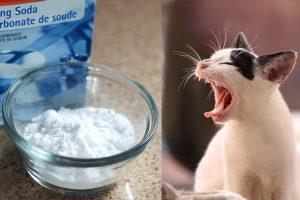Common Allergens in The Home
What can You Do ABout the Common Allergens in Your Home?
The U.S. Centers for Disease Control and Prevention estimates that more than 50 million Americans suffer from allergies due to common allergens in the home each year, and the World Allergy Organization says that number is even higher at 60 percent of people worldwide.
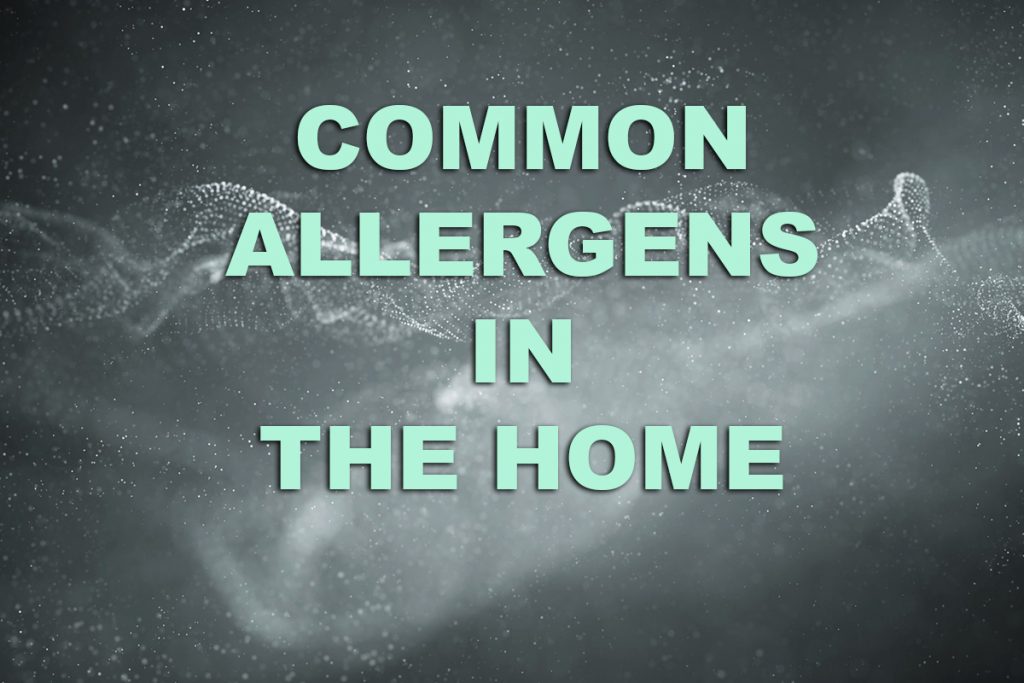
That’s a lot of people battling everything from itchy eyes to severe swelling! Thankfully, allergy prevention can be simple. Know which allergens are causing your issues and where to find them in your home. Here’s how to identify the six most common causes of indoor allergies:
House Dust
House dust is the most common allergen in the home. It’s a combination of skin flakes, hair, dust mites, animal dander and other tiny particles that can trigger asthma and allergies. House dust can be a problem for people of all ages (as well as for pets).
In addition to being an irritant for those with asthma and allergies, house dust also has been linked to infections because it may carry harmful bacteria or viruses such as influenza virus or those causing pneumonia.
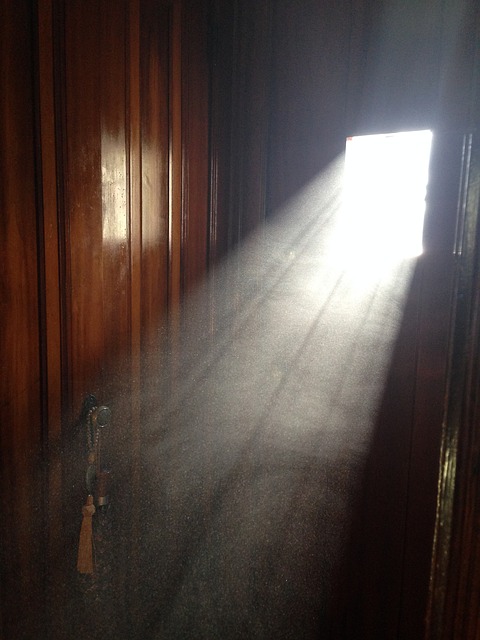
Mites
Mites are tiny insects that live in the home. They are often not seen and can be found in pillows and mattresses. They feed on human skin cells, causing itchy rashes when they bite. Mites are often found in large numbers, but they don’t bite humans unless they feel threatened or disturbed.
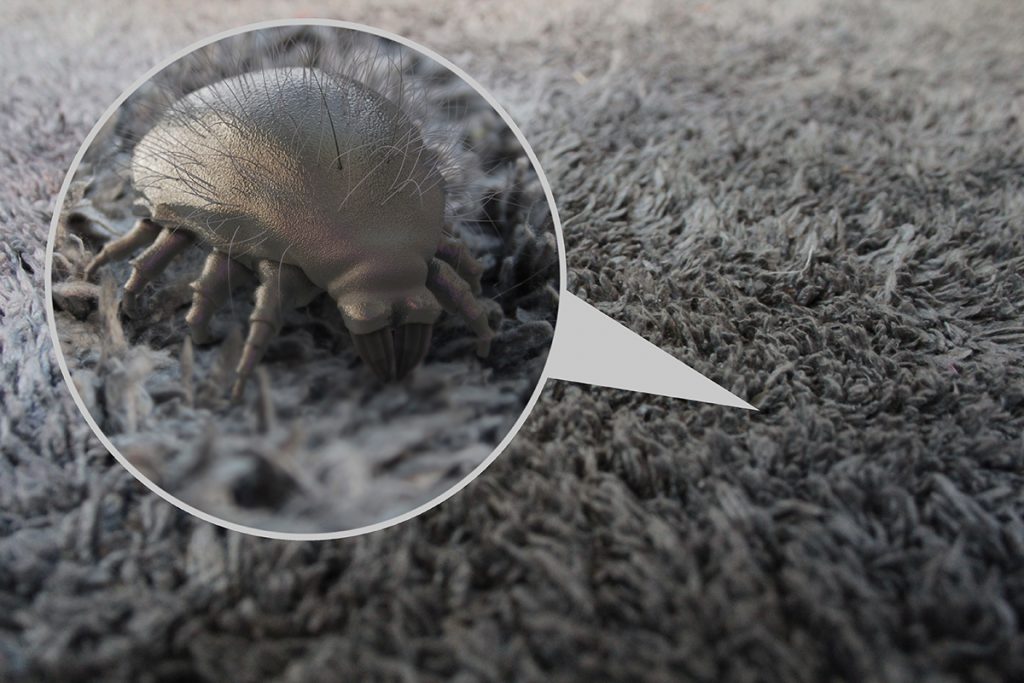
Mites need moisture to survive, so they’re more common in humid climates such as Florida and Texas. Heat affects the mite population because it makes it easier for them to stay active year round.
Mold
Mold is a type of fungus that grows in damp and humid environments. It is found throughout the home, including the bathroom, kitchen and garden.
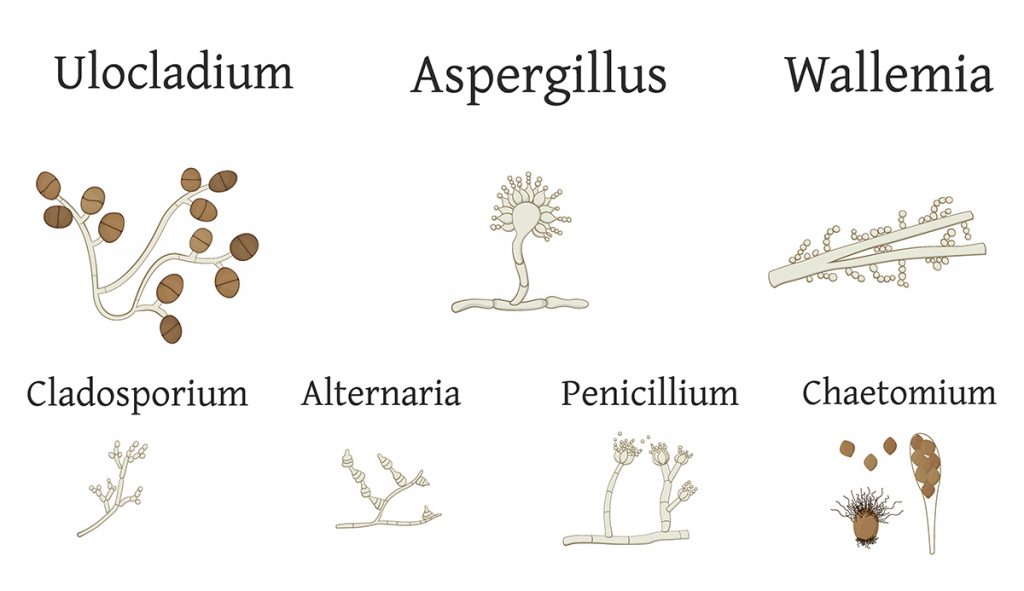
Mold spores commonly cause eye, nose and throat irritation as well as asthma symptoms. In some cases, mold exposure can cause more severe reactions such as infections or lung disease.
Pet Dander
Pet dander is the skin flakes of animals. Cats, dogs and birds are the most common culprits but it can also be found in other pets such as rabbits and guinea pigs. The amount of pet dander an animal produces depends on its breed and age, as well as environment conditions such as humidity or temperature.

Dander is a common trigger for asthma because it is inhaled into your lungs when you breathe. It can also cause allergic reactions. Touching or eating contaminated surfaces that have been exposed to animal fur, saliva or urine can trigger them.
Pet dander is often found on the fur of your furry friend. Even if you don’t see any evidence of pet hair around your home there may still be small amounts present. Dander can be in the air which will eventually settle onto floors, carpets etcetera over time
Pollen
Pollen is one of the most common allergens in the home. These tiny particulates can be found in the air outside, but also drifts through open windows and doors. Allergens such as pollen are carried by wind currents, so if you live near an area with lots of trees or grasses (even if they’re not your own), you may have to deal with pollen as an indoor allergen.
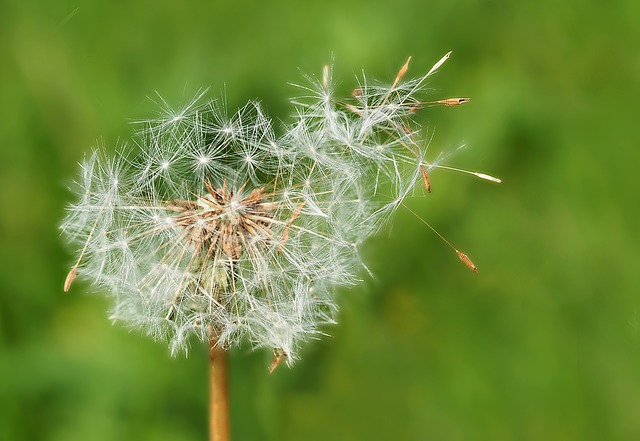
While pollen allergies aren’t usually serious enough to warrant a trip to an emergency room, they can cause unpleasant symptoms. Symptoms including sneezing, runny nose and congestion. If you notice that your allergy symptoms appear at certain times of year or when you’re around plants like grass or flowers, then it’s likely that you have a seasonal allergies.
Chemicals and Irritants
Common chemicals and irritants in the home include:
- Cleaning products, including dishwasher detergent, laundry detergent and air fresheners. These can cause allergies or asthma if you’re exposed to them on a regular basis. As an added bonus, they may also cause skin irritation or rashes if used improperly!
- Glue from paper products such as envelopes and glue sticks. If you touch your face after touching these materials it could lead to an allergic reaction like hives or swelling of the lips.
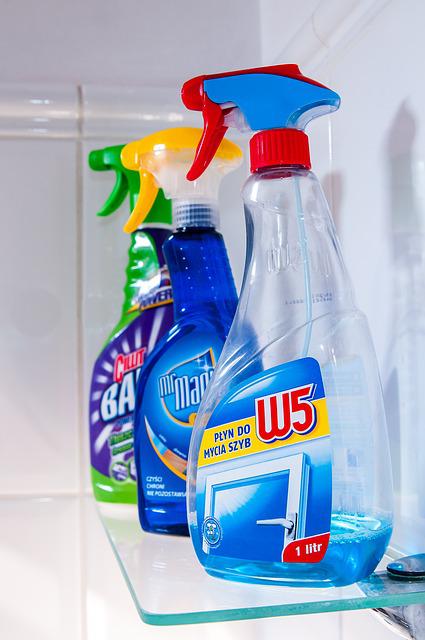
The Home Can be Full of Allergens
Common Allergens include house dust mites, pet dander, mold, and chemicals and irritants.
The home can be full of allergens. Common allergens include house dust mites, pet dander, mold and chemicals and irritants.
House Dust The most common allergen in the home is house dust. It’s comprised of tiny particles less than 100 microns in diameter. It contain dead skin cells, dandruff flakes and other human body parts. These microscopic particles can trigger asthma attacks or allergic reactions when they become airborne or enter your nose or mouth.
In addition to being an irritant for some people with respiratory issues like asthma or allergies, house dust mites are found inside mattresses where you sleep. When you purchase a new mattress it may be necessary to get rid of any old ones.
What to Do About Common Allergens?
While it may not be possible to completely eliminate allergens from your home, there are steps that can greatly reduce their presence. Thorough dusting, vacuuming and regular cleaning can go a long way toward keeping everyone in the house healthy. Yearly spring cleaning and carpet cleaning services also reduce common allergens in your home.
If you or someone in your family suffers from an allergy, it’s important to take steps on a routine basis; for people with severe allergies, it may even be necessary to hire professional cleaners who use allergen-safe cleaning methods. Keeping pets out of bedrooms and making sure they’re well-groomed at all times will help prevent pet dander from triggering allergic reactions.



